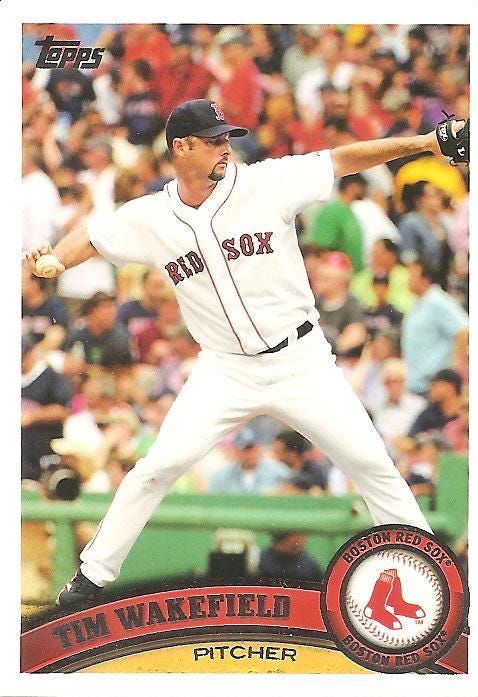Ballot 23: Tim Wakefield

Tim Wakefield
Played 19 years for two different teams
All-Star won exactly 200 games in his career 34.5 WAR, 3.9 WAA
Pro argument: Great knuckleball pitcher of his time.
Con argument: His knuckleball got hit a lot.
Deserves to be in Hall?: No
Will get elected this year?: No
Will ever get elected?: No.
* * *
Knuckleballs are the closest thing to witchcraft that I…


